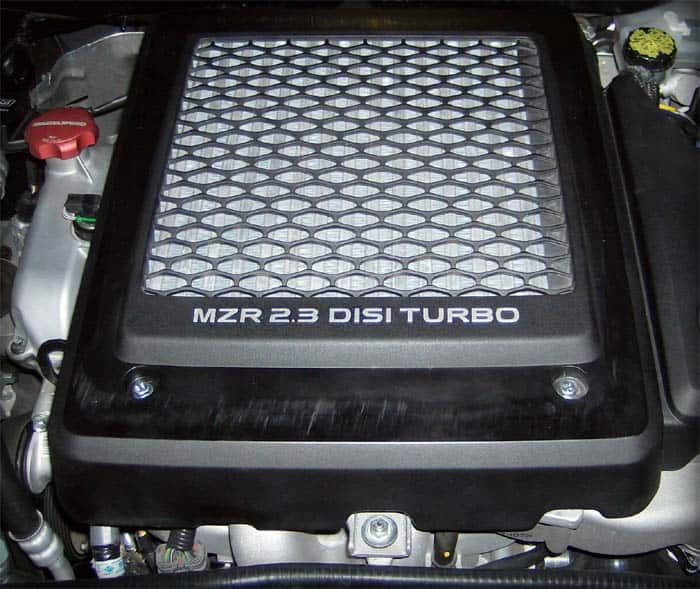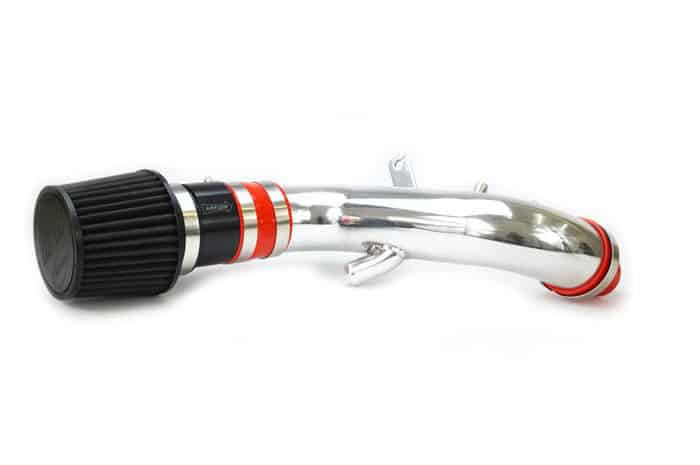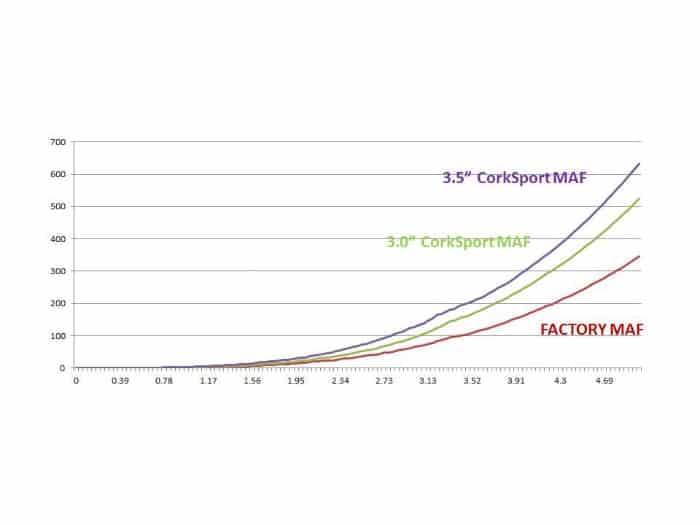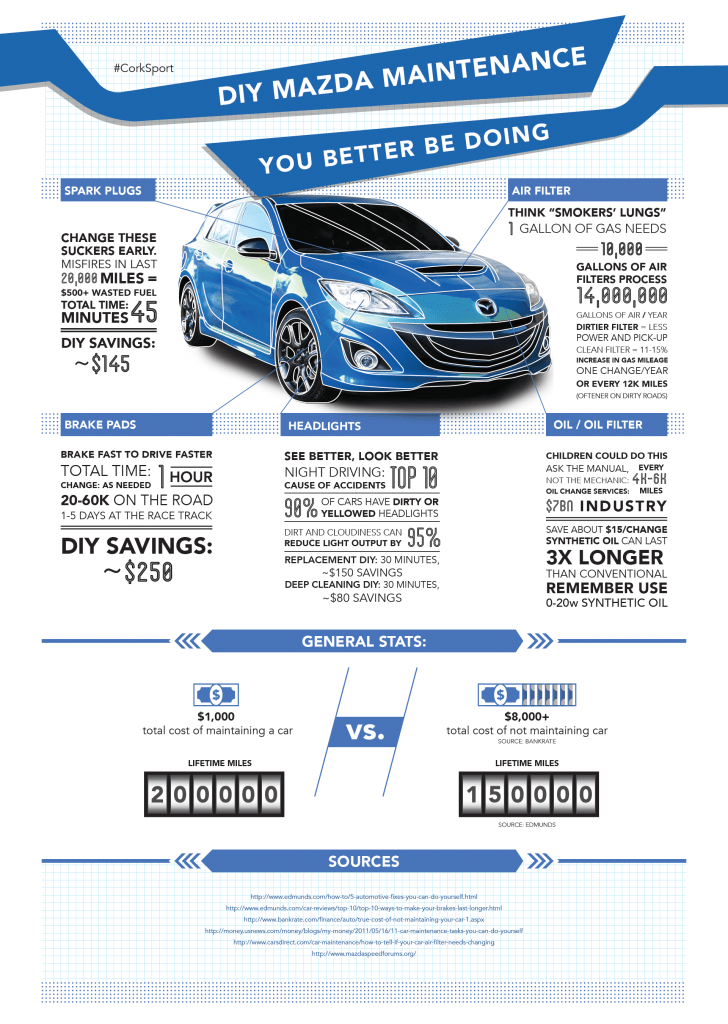Good day fellow boosted enthusiast, Vincent here with CorkSport Mazda Performance. Today, I want to share some expert advice with you on diagnosing boost control issues with your turbocharged Mazdas.
I’d venture to guess that about once or twice a week, my team and I get a phone call related to customers that are trying to diagnose a boost control issue with their electronic boost control solenoids (EBCS). Whether it’s too much boost, not enough boost, or random and sporadic boost signals, a boost control issue can have you digging around your engine bay for quite some time if you don’t have a good diagnostic procedure.
This blog is intended to function as an aid in diagnosing boost control issues. If you’re interested in a more thorough understanding of how an EBCS works, check out this white paper that one of our engineers wrote. Now let’s get to it!
What An EBCS Is and Is Not
The EBCS is a unit composed of an electrically operated solenoid housed in its own little manifold designed to regulate and route boost signals to the appropriate area in the engine bay. The EBCS is not the mechanical device that physically moves the wastegate flapper to re-route exhaust gases around the turbine wheel, that’s the job of the wastegate actuator.
Now that we cleared that up, let’s look into some possible causes for poor boost control issues.
Hoses
I can’t stress this one enough. I would say a bad or improperly routed vacuum hose is the root cause for about 70% of all issues. When diagnosing a boost control issue, start with a visual inspection of all vacuum hoses in the system. Any hoses with nicks, tears, rips, or cuts should be replaced with a good quality silicone vacuum hose. Silicone is preferred because it has a longer life than a traditional rubber hose and tolerates engine bay heat better. Also, check to make sure the hoses are not pinched in between anything. I’ve seen cases where a signal hose gets trapped between a nut and stud of some sort, causing it to be completely pinched off and rendering it useless. So make sure your hoses go from point A to point B clearly and perfectly with no stops.

Routing
Since we’re on the subject of hoses, let’s also be sure that we’re routing them correctly. Each hose is meant to take some air from one place to another in a particular fashion. Often times guys and gals get in a rush and just start plugging in hoses wherever they see empty spots. This is especially evident on the EBCS unit itself considering there are 3 ports on it that are all very close to each other and it’s quite easy to put the wrong hose on the incorrect port. This is where a good set of high-quality instructions becomes helpful, so you always have something to reference.
Important note: Make sure to reference instructions specific to the brand of EBCS your vehicle is equipped with, not all controllers designate the same letters and ports.
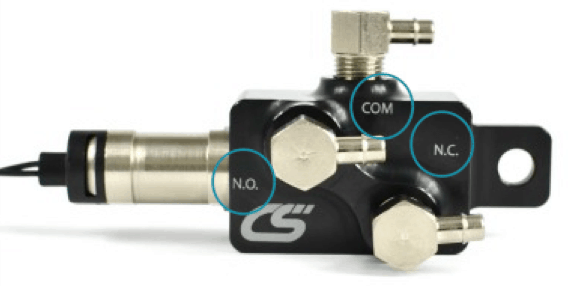
Isolating The Problem
If you’re dead certain that the above two points check out, then the next logical step is to isolate the problem. What I recommend is to set your turbocharger to run off of spring pressure only. What you would be doing here is run a hose from the compressor cover to the lower nipple on the wastegate actuator (WGA) and then put a vacuum cap on the other port of the WGA. When this is done, what you’re doing is isolating the mechanical side from the electrical side.
If we perform this and our car runs 100% hitting the targeted spring pressures, then we can check off the turbo or WGA as being the issue and we can return our focus to the solenoid and its components. If we’re in this set-up and still experiencing a boost control issue, then we want to check out the turbo and its related components. Things to check are the WGA flapper for any binding or contact, and the turbocharger itself for any mechanical issue such has damaged wheels or housings. Also, we want to check any boost tubes, intercooler piping, connections, etc. to make sure it’s not skewing any of our signals.
Fixing The Problem
If you get to the point where you feel the EBCS unit itself is the problem, a simple thing to do (if you have the ability to) is to bug a friend. Say your buddy is running the exact same EBCS as you, ask him to borrow it for half an hour and swap it in. If we leave everything as we had it and swap solenoids, and our problem goes away then we have a really strong reason to believe the controller is the issue and it should be inspected. This is the point when you would want to contact the manufacturer so you can send it to them and have them test it. Don’t try to take it apart yourself! Almost all solenoids have really tiny and precise O-rings that can break easily if mishandled.
These are just some of the most obvious and most likely things to check. Before going too crazy, you still want to be sure that you have a healthy engine and no other forced induction problems such as a massive boost leak somewhere that can skew results.
I hope this blog was helpful and can be useful to some of you. I leave you with some last minute points.
- When diagnosing, change one thing at a time to eliminate variables. You don’t want to jump in and change 10 different things and hope for the best. You’ll just waste time and resources.
- Double-check your tune. When switching to an aftermarket EBCS, a tune will be required since almost all aftermarket units work faster and are much more precise than an OEM unit.
- In regards to vacuum hose length, I can say for 99% of you it won’t matter. Unless you’re running 20+ feet of hose, the length will not affect your signals. At the tiny sizes we’re using, you’ll need lots of hose for length to make any noticeable impact. My recommendation is to use just what you need for a nice clean set up, no more and no less.
Connect with us
You may also like




